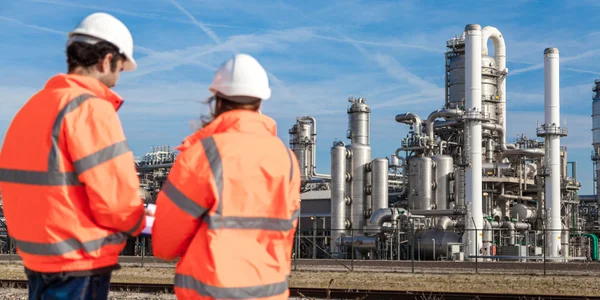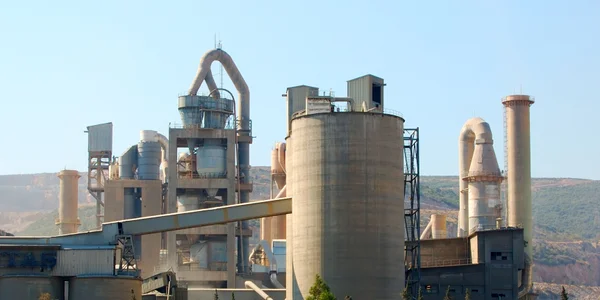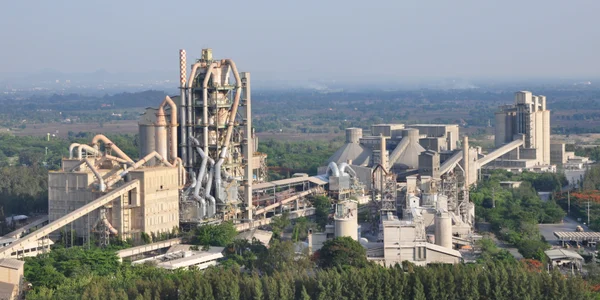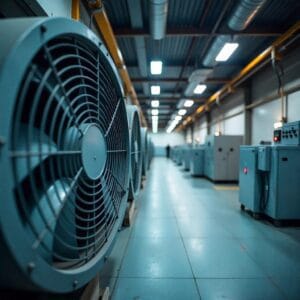Cement and Minerals Air and Dust Filtration Solutions
Process in the Cement and Minerals
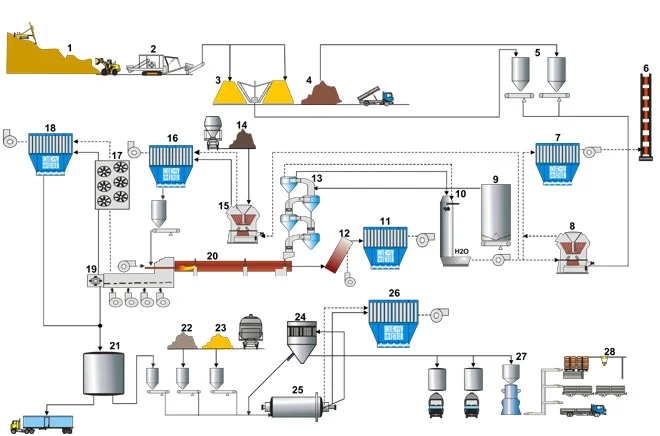
Panlabas na filter
Spray dryer
CIP filter
Panlabas na fluidized na kama
Pagpupuno
- 1. Quarry
- 2. Halaman ng pandurog
- 3. homogenization ng hilaw na materyal
- 4. Pinagsasama-sama
- 5. Raw mill feeding silo
- 6. Pangunahing stack
- 7. Bag filter para sa kiln-/raw mill
- 8. Vertical raw mill
- 9. Raw material feeding silo
- 10. Gas conditioning tower
- 11. Bag filter para sa alkali bypass
- 12. Bypass mixing chamber
- 13. Pre-heater ng bagyo
- 14. Hilaw na karbon
- 15. Vertical coal grinding mill
- 16. Bag filter para sa coal grinding plant
- 17. Panlamig na pantubo
- 18. Bag filter para sa clinker cooler
- 19. Palamig ng klinker
- 20. Rotary kiln
- 21. Klinker silo
- 22. Gypsum
- 23. Mineral
- 24. Separator
- 25. Cement finish mill
- 26. Bag filter para sa cement finish mill
- 27. Planta ng packaging
- 28. planta ng Palletization
Required Specification
Filter Pamagat PJM
Filter Pamagat PJM
Karaniwang data ng disenyo | Kiln-/raw mill |
|---|---|
Dami ng gas | < 1,200,000 |
Temperatura ng gas | 85 – 110 tambalan / < 250 direkta |
Uri ng alikabok | CaCO3, CaO |
Ang natitirang nilalaman ng alikabok | < 550 |
Hilaw na nilalaman ng alikabok ng gas | < 10 |
Paglilinis | online / offline |
Filter medium | PEA, NX, PPS, PI, GL/PTFE |
Karaniwang data ng disenyo | Alkali bypass |
|---|---|
Dami ng gas | < 800,000 |
Temperatura ng gas | < 250 |
Uri ng alikabok | CaCO3, CaO, Alkali |
Ang natitirang nilalaman ng alikabok | < 25 |
Hilaw na nilalaman ng alikabok ng gas | < 10 |
Paglilinis | offline |
Filter medium | PTFE-PI / GL-PTFE |
Pamagat ng filter KUNG JCC / KUNG JC
Pantubo na palamig KUNG TC
Karaniwang data ng disenyo | gilingan ng karbon |
|---|---|
Dami ng gas | < 450,000 |
Temperatura ng gas | 80 – 110 |
Uri ng alikabok | uling |
Ang natitirang nilalaman ng alikabok | < 250 |
Hilaw na nilalaman ng alikabok ng gas | < 10 |
Paglilinis | online |
Filter medium | PEA / PAN |
Karaniwang data ng disenyo | Tubular na palamigan |
|---|---|
Dami ng gas | < 1,600,000 |
Temperatura ng gas sa | 250 – 350 |
Lumabas ang temperatura ng gas | 120 – 200 |
Pamagat ng filter na PJM
Pamagat ng filter na PJM
Karaniwang data ng disenyo | Palamig ng klinker |
|---|---|
Dami ng gas | < 800,000 |
Temperatura ng gas | 120 – 180 |
Uri ng alikabok | Klinker |
Hilaw na nilalaman ng alikabok ng gas | 10 – 30 |
Ang natitirang nilalaman ng alikabok | < 10 |
Paglilinis | online |
Filter medium | PE / NX /PI |
Karaniwang data ng disenyo | Paggiling ng semento |
|---|---|
Dami ng gas | < 300,000 |
Temperatura ng gas | 80 – 110 |
Uri ng alikabok | Semento, slag |
Hilaw na nilalaman ng alikabok ng gas | < 350 |
Ang natitirang nilalaman ng alikabok | < 10 |
Paglilinis | online / offline |
Filter medium | PE / PEA |
Our Products Application for the Cement and Minerals
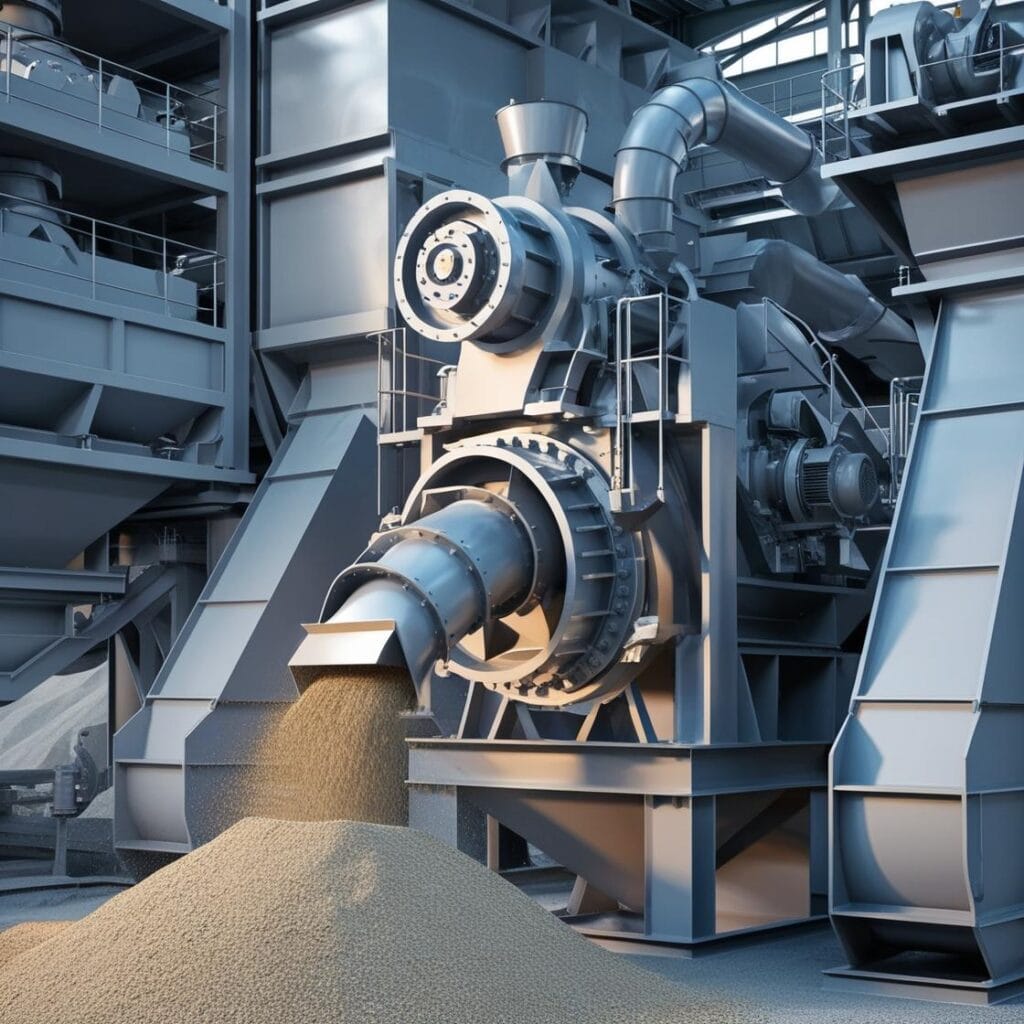
Controls dust generated from high-energy crushing and grinding processes, capturing fine particulate matter to prevent it from escaping into the atmosphere.
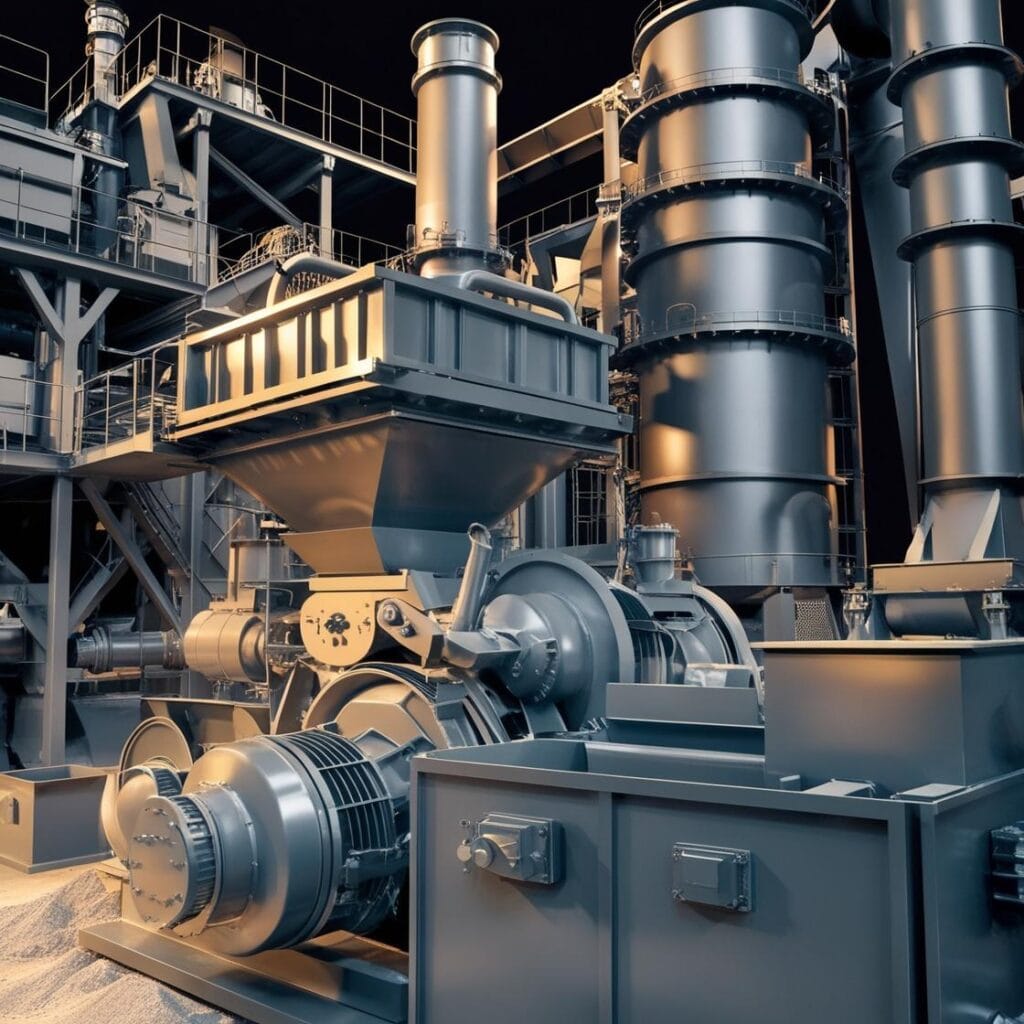
Reduces emissions from kiln processes where raw materials are heated, controlling dust and other airborne particles released during cement production.

Captures dust during the transport of bulk materials, such as limestone and clinker, to prevent particle release in storage and conveying stages.
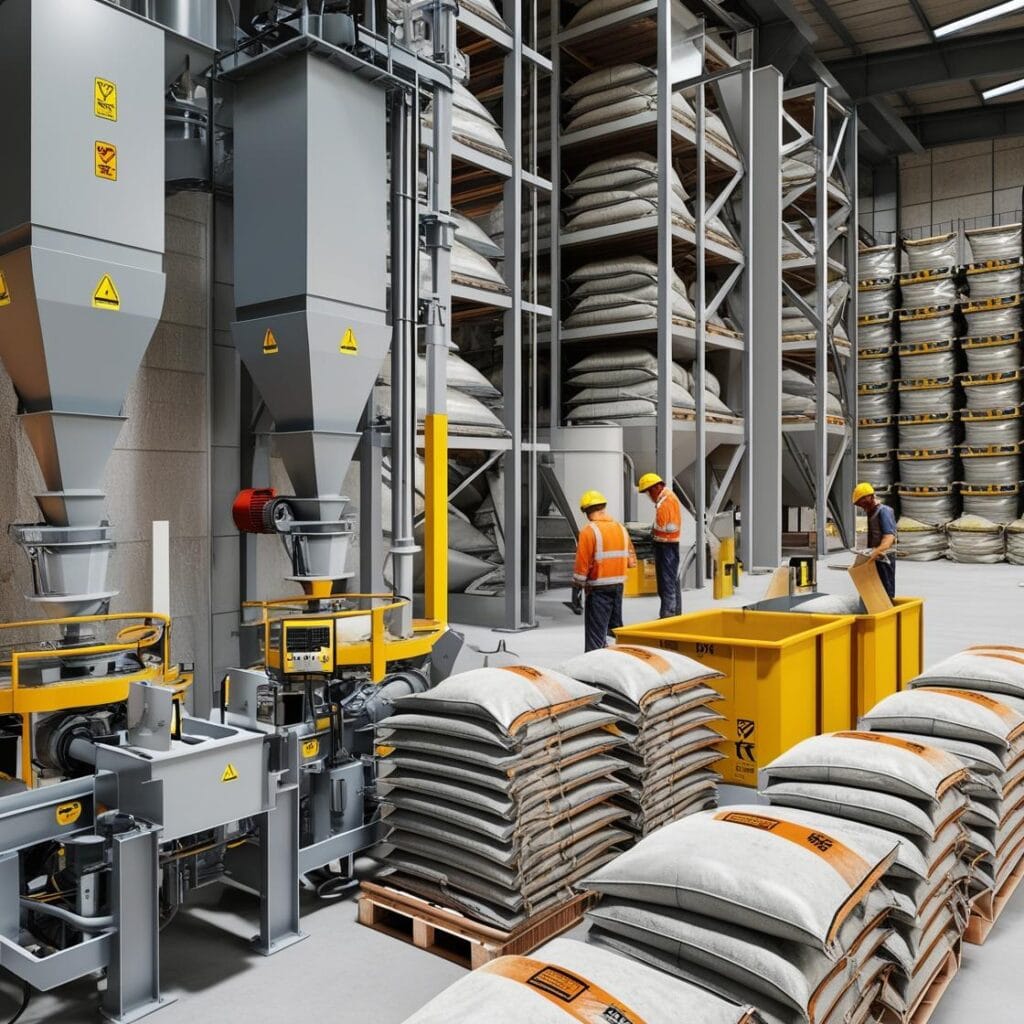
Minimizes dust emissions in product packaging and storage areas, ensuring that finished products are packed and stored in a contaminant-free environment.
Regulatory Landscape for Dust Control |
|---|
Air Quality Standards |
Worker Health and Safety |
Fire and Explosion Prevention |
Environmental Protection |
Emission Monitoring and Reporting |
Kahusayan ng Enerhiya |
Waste Management |
Product Quality and Consistency |
Reduced Downtime and Maintenance Costs |
Dust Control Challenges |
|---|
High Dust Levels |
Worker Health Risks |
Pagsunod sa Kapaligiran |
Fire and Explosion Hazards |
Product Quality Concerns |
Equipment Wear and Tear |
Cross-Contamination |
Air Quality Compliance |
Microbial Growth |
Key Considerations for Effective Dust Control |
|---|
Implement Effective Dust Capture Systems |
Proper Airflow and Pressure Control |
Temperature and Moisture Management |
High-Efficiency Filtration Systems |
Regular Maintenance and Inspection |
Adherence to Industry Standards |
Frequent Assessment of Dust Control System |
Process-Specific Adaptations |
Risk Assessment and Mitigation |
Kumonekta sa amin para sa Expert Consultation
I-explore ang Iba Naming Serbisyo!
Mga Madalas Itanong
In the cement industry, effective filtration solutions are essential for controlling dust emissions and ensuring environmental compliance. Commonly used filtration systems include baghouse filters, which utilize fabric filter bags to capture fine particles from various processes such as kilns, mills, and material handling. These filters are favored for their high efficiency in removing particulate matter. Additionally, advanced filtration solutions, such as those offered by Micronics, are designed to meet the unique demands of the cement industry, ensuring compliance with environmental regulations and enhancing operational efficiency.
Filtration systems improve efficiency in cement production by effectively capturing dust and particulate matter, reducing equipment wear and preventing blockages. This ensures smooth operation, minimizes downtime, and enhances product quality by preventing contamination. Proper dust control also helps maintain regulatory compliance, reducing the risk of fines and environmental issues. Additionally, efficient filtration systems contribute to energy savings by optimizing airflow and reducing pressure drops in the system.
Advanced filtration systems in cement production help reduce air pollution by capturing fine dust particles and minimizing emissions of harmful pollutants. They improve air quality, ensuring compliance with environmental regulations and reducing the industry’s carbon footprint. By enhancing dust control, these systems also contribute to worker health and safety. Additionally, they support sustainability by enabling the recovery and reuse of raw materials, reducing waste, and optimizing energy efficiency in cement manufacturing processes.

